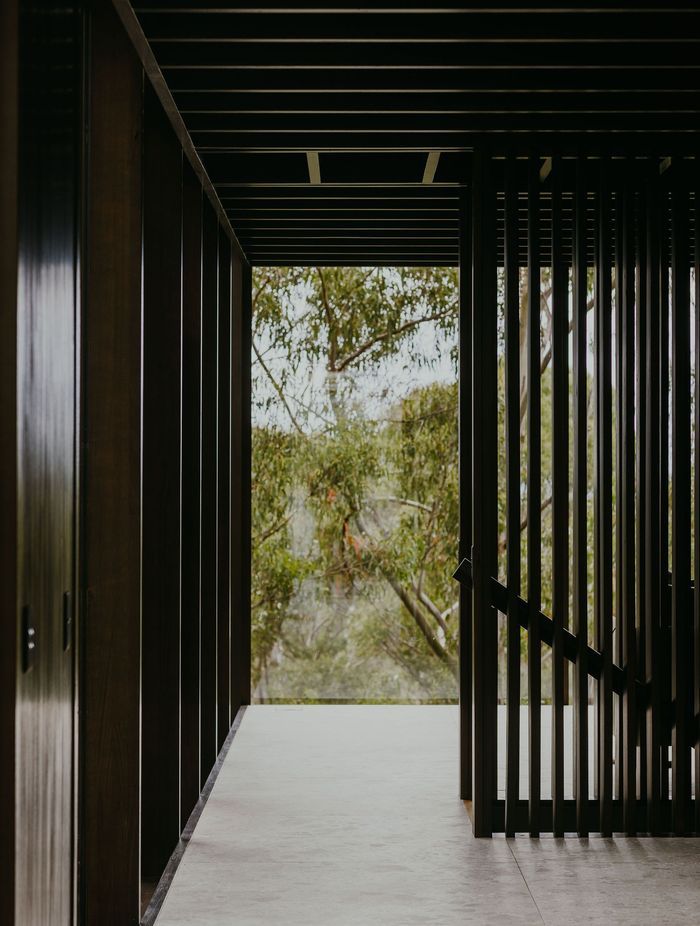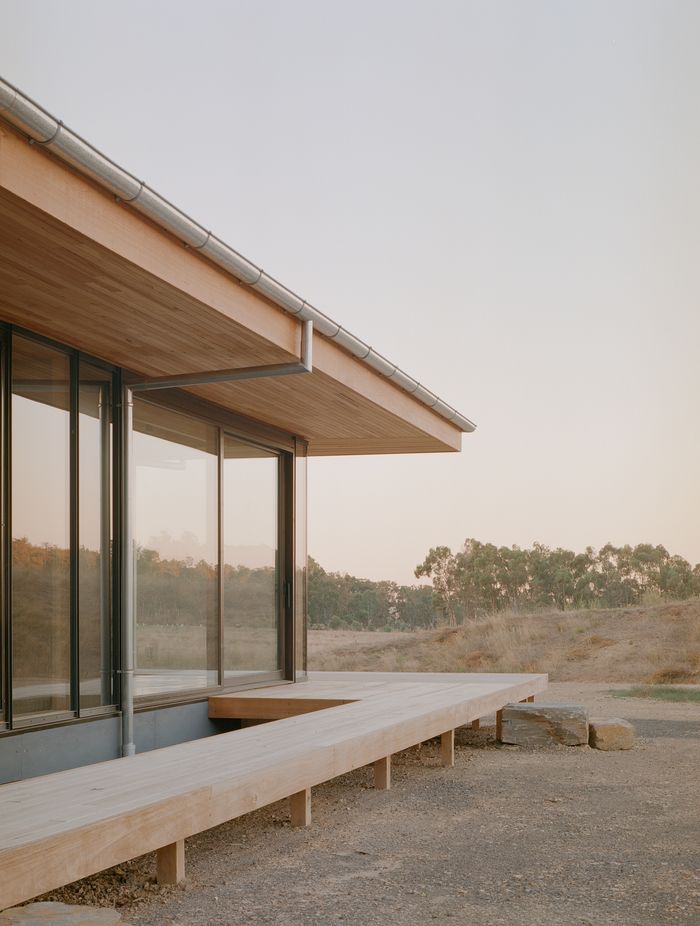With Candour: How Archier is quietly rewiring the building game
Written by
05 November 2025
•
5 min read

When Josh FitzGerald talks about architecture, he doesn’t begin with façades or floor plans. He starts with process. How buildings are made, how teams communicate and how technology can quietly improve both.
As Co-Founder of both Archier and Candour, the latter born from similar challenges faced across many practices and providing a solution for all designers, FitzGerald is part of a new generation of architects who see no divide between design and construction. “We wanted to build better,” he says simply. “And to do that, we had to change how we worked.”

Candour began, as most good ideas do, out of frustration. Archier’s residential work had earned a reputation for warmth and precision. Homes defined by natural light, quiet material palettes and an honesty of detail. But time and again, FitzGerald and his team found that what they drew wasn’t always what was built.
“The quality of a house relies on its envelope. The structure, insulation and waterproofing that sit behind everything you see,” he explains. “If that’s compromised, it doesn’t matter how beautiful the finishes are.”
So Archier decided to take that layer into their own hands. With Candour, they began fabricating facade, wall and roof systems using advanced digital tools, ensuring accuracy down to the millimetre. The result is architecture that feels crafted, but is executed with factory-grade precision.
“Technology lets us test ideas before they hit the site,” FitzGerald says. “We can model a wall or junction, check how it behaves and adjust it in real time. That saves money, but more importantly, it protects the design intent.”
FitzGerald rejects the notion that digital equals detached. “There’s a myth that designing digitally removes the human touch,” he says. “I think it’s the opposite. When you understand how every part fits together, you’re more connected to the craft.”
Inside Archier, that philosophy has quietly changed the rhythm of practice. Repetitive tasks, specifications, material schedules and measurements, are automated. Leaving more time to focus on the human experience of a space… How it feels to move through it, how light shifts across surfaces, where a window frames the landscape.


“Good technology doesn’t replace creativity,” FitzGerald says. “It just gives it more room to breathe.”
That balance between technology and touch runs through both Archier’s and Candour’s work. In Hobart, the studio collaborated with ceramicist Lindsay Wherrett to create a trio of basins, large, small and tall, for a home that required a unified but flexible design language.
“We couldn’t find what we needed off the shelf,” FitzGerald recalls. “So we worked with Lindsay to develop a family of forms that felt handmade but precisely proportioned.”
The collaboration evolved into something bigger, Wherrett now produces the basins as a mainstay of her studio practice, and Archier specifies them in projects across the country. “That’s what I love about these partnerships,” FitzGerald says. “Everyone grows. The builder, the maker, the designer. That’s the craft we should be protecting.”
For many homeowners, engaging an architect can feel unfamiliar. Costs are often hard to pin down, timelines evolve, and the process itself can seem complex. FitzGerald wants to make it clearer.
“Architecture is so complex, it is inherently opaque” he says. “We’re building tools that help clients see what’s involved. The scope, the cost and the process, from the very first meeting. It’s about transparency, not complexity.”
While Candour’s origins lie in Archier’s pursuit of better building outcomes, its purpose now extends well beyond the studio, collaborating with practices across Australia to help deliver high-quality, well-detailed projects.
Candour applies the same logic to fabrication. By using its self-developed digital tools, accurate quotes can be generated within hours, not weeks. “People can make informed decisions early,” he says. “That’s how good design becomes more accessible by removing the guesswork.”


Despite his advocacy for innovation, FitzGerald doesn’t see himself as anti-tradition. “We’ve learned from what came before us,” he says. “We just use different tools to express it.”
By studying how buildings were made, the logic of joints, the proportions of rooms, Archier and Candour can apply that knowledge through digital means. “We’re doing very traditional things,” he says, “just in a more consistent and efficient way.”
That humility, he believes, is essential. “A lot of architects feel like they have to know everything. But the best results come when you open the process up. Let the engineer, the maker, the builder all bring their expertise to the table. That’s where innovation actually happens.”
“We worked with Taig from Wellington Steel Works to design, detail and install a mild steel clad kitchen in Hobart. It was his expertise and knowledge that saw a successful outcome, something that wasn't guaranteed as raw steel in a kitchen is not the best combination”.
Ask FitzGerald what he wants to see more of in architecture, and the answer is simple… candour.
“Honesty in design, honesty in collaboration, honesty in communication,” he says. “When you’re open about how things work, technically and creatively, everyone benefits. The process becomes lighter and the outcome stronger.”


For him, the goal isn’t speed or automation, but focus. “Technology should help us spend more time on the parts of architecture that can’t be automated. That’s why we built Candour. Not to make architecture faster, but to make it clearer.”
As the industry faces new pressures, rising costs, shifting technologies and growing expectations for sustainability, FitzGerald remains quietly optimistic. “Architecture has always adapted,” he says. “We’re just continuing that story, one tool at a time.”
His approach offers a model for the next chapter of practice. Technologically fluent, deeply collaborative and grounded in the belief that craft and progress are not opposites, but partners.
Because in the end, he says, “the buildings that last aren’t the ones that chase trends, they’re the ones built with care.”
